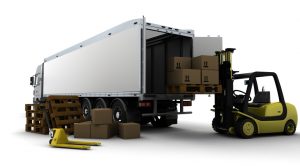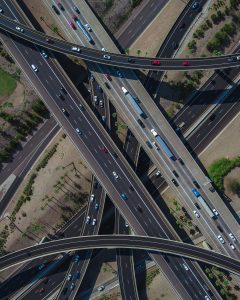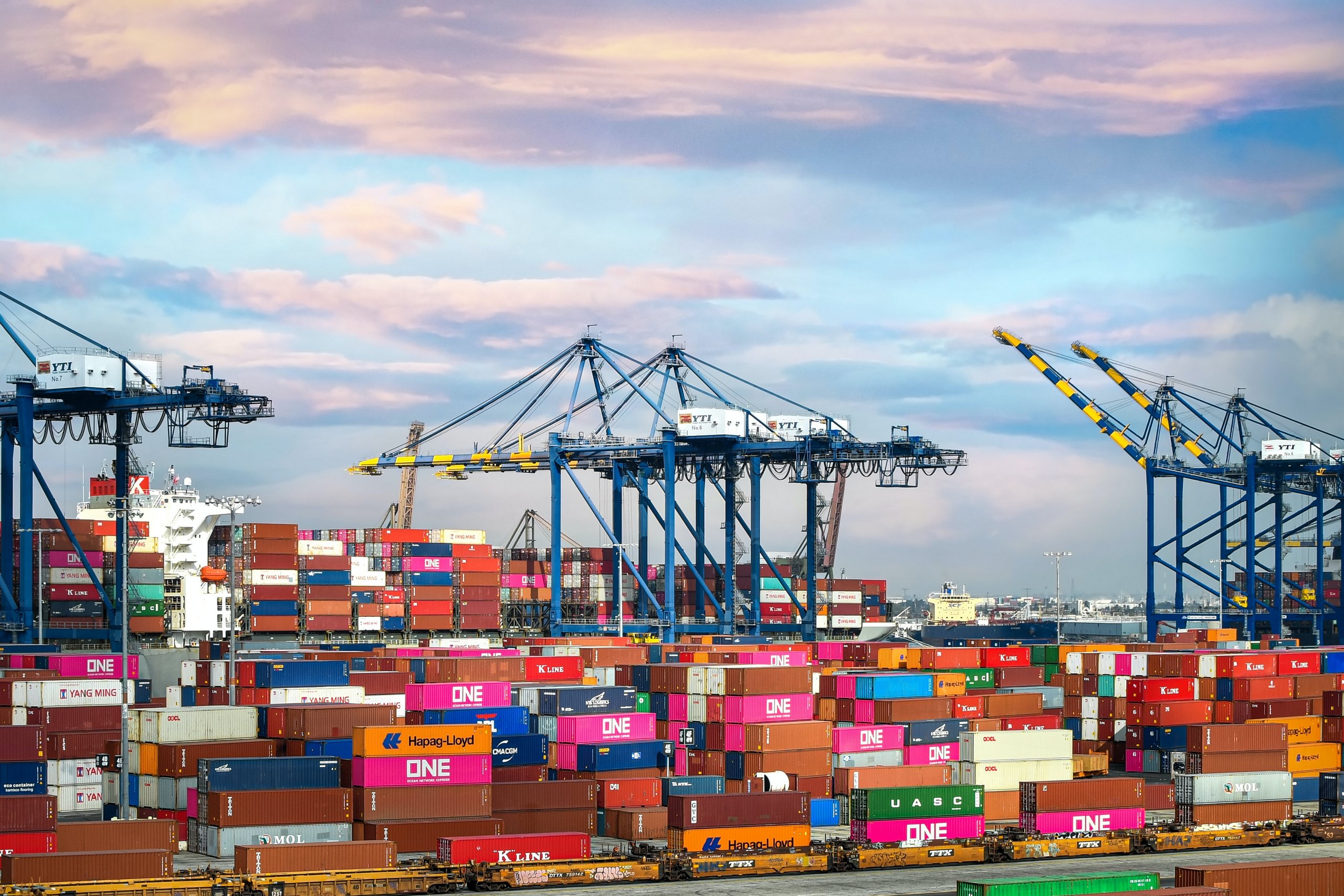Consumer demand clogging ports + lack of labor and a limited supply of transportation capacity compounding supply chain crisis
The current supply chain crisis is caused by an unprecedented demand for physical goods flowing through major choke points, combined with a lack of labor and a limited supply of transportation capacity. While global economic turbulence due to COVID is an immediate catalyst, the crisis has been decades in the making and the lack of investment in supply chain infrastructure is a fundamental cause. The Infrastructure Investment and Jobs Act, promoted by President Biden and recently passed by Congress, has the potential to address some of these concerns.

Consumer Demand Clogging Ports – Lack of labor and a limited supply of transportation capacity compounding supply chain crisis
The good news is that if the industry solves the supply chain infrastructure, you will solve the labor shortage and lack of transportation capacity. To understand why the labor supply and transportation capacity are linked, one has to understand the economic model that drives the supply chain industry.
Freight transportation — whether by airplane, ship, train or truck — is the liquidity of the supply chain industry. Raw materials must be transported from their original source to processing facilities, then onto production facilities where they are combined with other raw materials to create finished goods, and then transported further downstream to a system of distribution centers. All of this happens before products show up at retail stores or are available through e-commerce. Without sufficient freight transportation capacity, the entire supply chain grinds to a halt.
Lack of freight transportation capacity

Consumer Demand Clogging Ports – Freight transportation is the liquidity of the supply chain industry
Today’s supply chain issues are largely a result of a lack of freight transportation capacity.
Enjoying our insights?
Subscribe to our newsletter to keep up with the latest industry trends and developments.
Stay InformedIf freight is being slowed at choke points or slowed due to congestion, then shipping lines, railroads and trucking companies are not making money and their crews aren’t either. If crews aren’t making money, they will leave the industry and find employment elsewhere.
In addition to money, a primary reason that people leave the transportation industry is due to the frustration of dealing with traffic, schedule inconsistencies and delays. For truck drivers this could be highway traffic or delays caused by inefficient operations (at ports, rail yards or shippers’ facilities). The more time drivers spend in traffic, the less they make per hour of their time, and the less time they have to do other things — like spend time with family.
All of this creates an endless cycle of turnover – delays lead to lower pay, which pushes drivers out of the industry, which in turn leads to more delays. This turnover costs the transportation industry billions and slows the growth of transportation capacity. After all, transportation providers only get paid when they complete a trip.
The other major reason that transportation providers don’t add capacity is due to the lack of returns they see on their capital assets — airplanes, trucks, rail cars and ships. The most important variable that determines profitability for transportation companies is asset utilization, or how much money is generated by an asset over a period of time.
Infrastructure Bill

Consumer Demand Clogging Ports – The infrastructure bill can also lead to an improvement in domestic manufacturing.
The infrastructure bill can also lead to an improvement in domestic manufacturing. One of the challenges that has been facing supply chains throughout the past few years is the lack of domestic manufacturing. Industrial demand tends to be more cyclical than the rest of the economy, so it has been hard for companies to make significant long-term investments in manufacturing production. They have decided to outsource this to manufacturers and suppliers overseas.
But with the infrastructure bill, there may well be a domestic manufacturing renaissance; companies will be able to mitigate their exposure to economic cycles as the government provides a consistent customer for manufactured goods that are used in the building of domestic infrastructure.
As goods start to be manufactured domestically instead of imported, this will take some pressure off our ports. Any volume that is moved off of the ports will help improve the state of affairs throughout the supply chain, particularly for companies that must remain reliant upon imports from overseas.
The issues in the supply chain are not going to be fixed overnight and the infrastructure bill is not going to be an immediate answer to all of the challenges facing the industry. But it does show long-term planning and smart investment on behalf of our government that will likely be matched by private sector leadership in industries throughout the supply chain, something that many in the industry have been working toward for years.




















